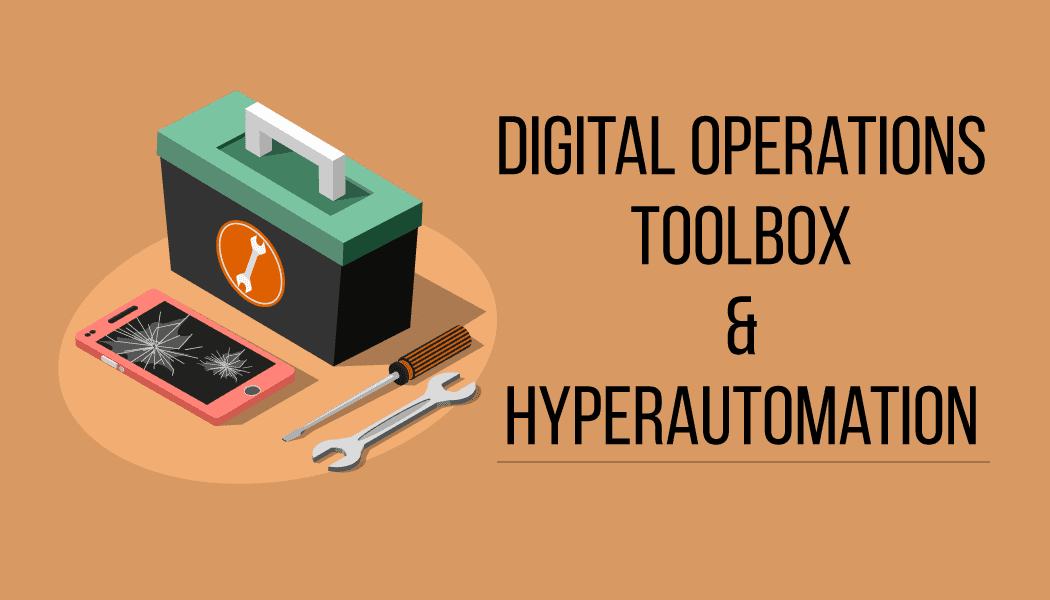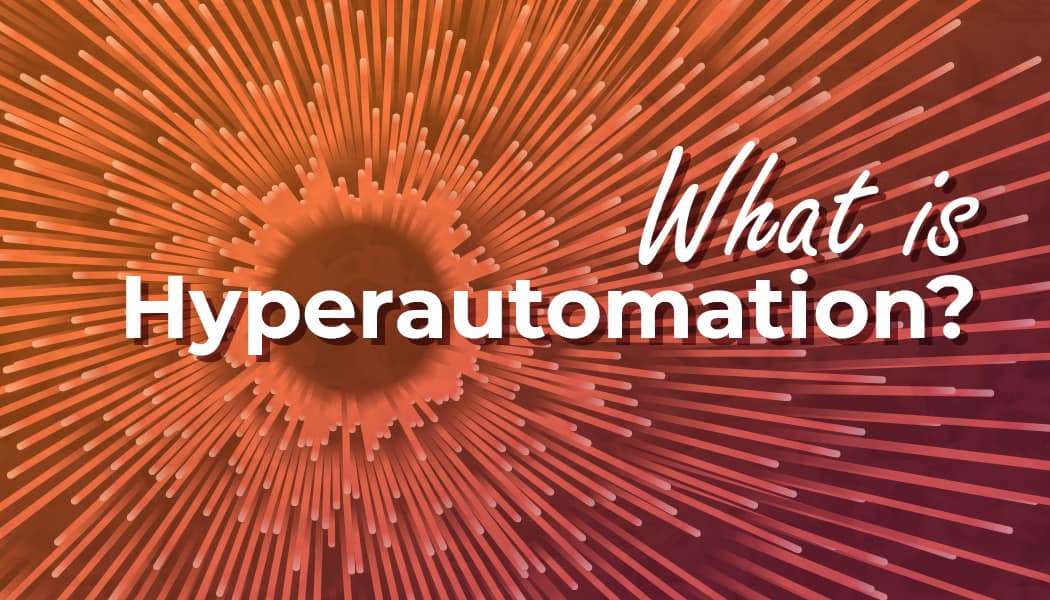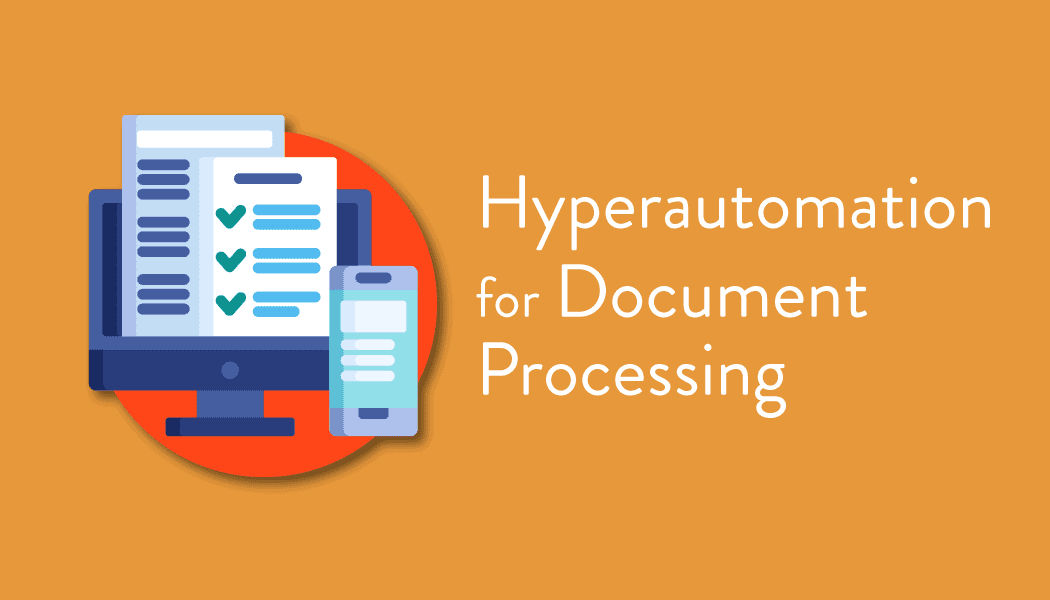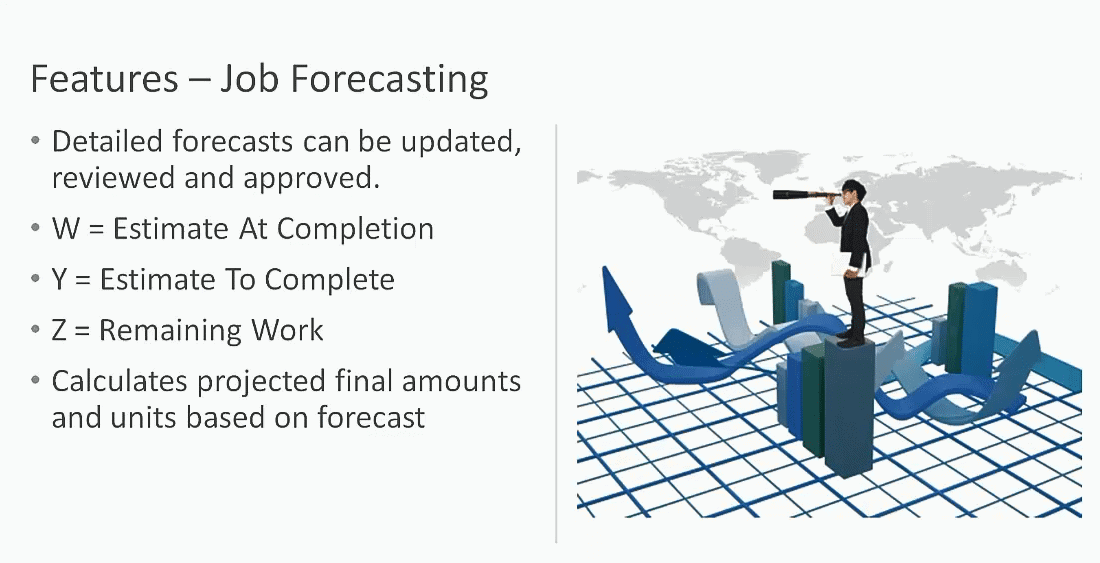HYPERAUTOMATION FOR END-TO-END BUSINESS PROCESSES
What is Hyperautomation?
Hyperautomation is used to describe next-level automation initiatives which means the act of automating end-to-end business processes that go beyond standard rule-based tasks. This is achieved by combining robotic process automation(RPA) technology with Machine Learning and Artificial Intelligence. Specifically, UiPath’s and Microsoft Power Automate’s hyperautomation capabilities are impacting RPA business users who wish to achieve seamless automation within their existing processes.
Benefits of Hyperautomation
Where to Start
Hyperautomation with UiPath
The UiPath RPA platform is built for scaled hyperautomation capabilities. Pertaining to UiPath hyperautomation specifically, their model exemplifies that “fast” is never good enough when there is so much automation potential that exists within business processes.
Through harnessing AI-driven capabilities, automated process discovery tools and advanced analytics, UiPath is set apart as a leading provider of scaled automation capabilities. Here is their hyperautomation roadmap:
The UiPath RPA platform is built for scaled hyperautomation capabilities. Pertaining to UiPath hyperautomation specifically, they’re model exemplifies that “fast” is never good enough when there is so much automation potential that exists within business processes.
Through harnessing AI-driven capabilities, automated process discovery tools and advanced analytics, UiPath is set apart as a leading provider of scaled automation capabilities. Here is their hyperautomation roadmap:
DISCOVER
BUILD
MANAGE
RUN
ENGAGE
MEASURE
There’s more to explore at Smartbridge.com!
Sign up to be notified when we publish articles, news, videos and more!
Other ways to
follow us:







